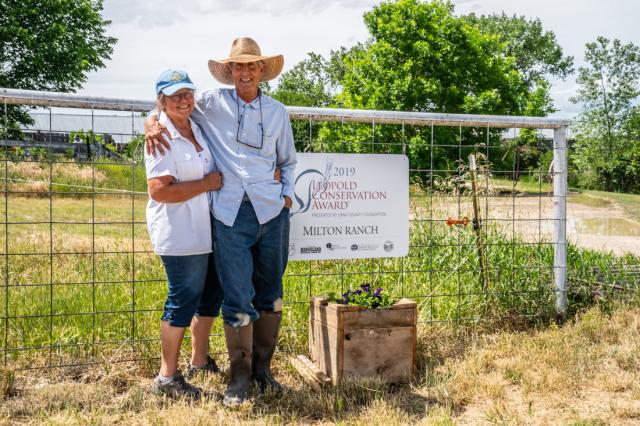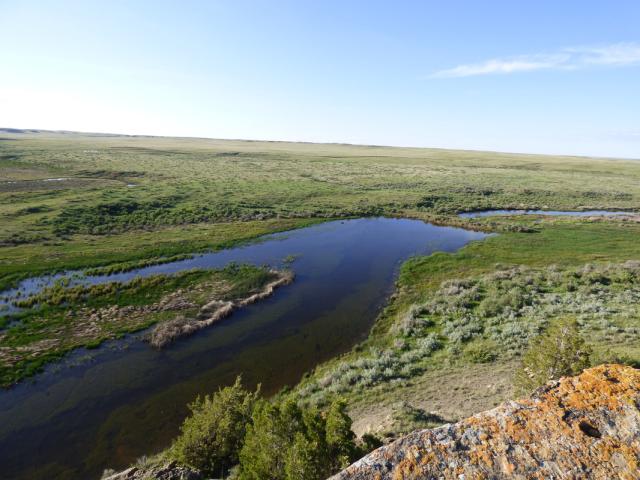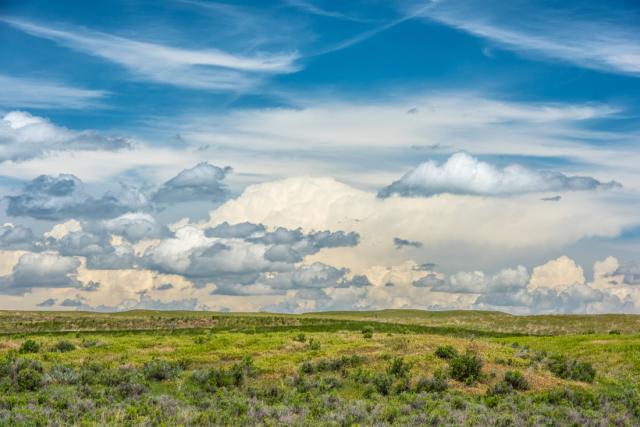Related Stories
- Rural wildland firefighting partners grateful for BLM gift
- Lake Havasu Fisheries Improvement Program: Thirty years of stewardship, science, and community
- Monument map earns ‘finalist’ honors in global GIS awards
- BLM Fire and National Conservation Lands managers collaborate to meet shared goals
- BLM Eastern States enhances campsites on Black Duck Lake
Office
5001 Southgate Drive
Billings, MT 59101
United States
Phone:
Email:



